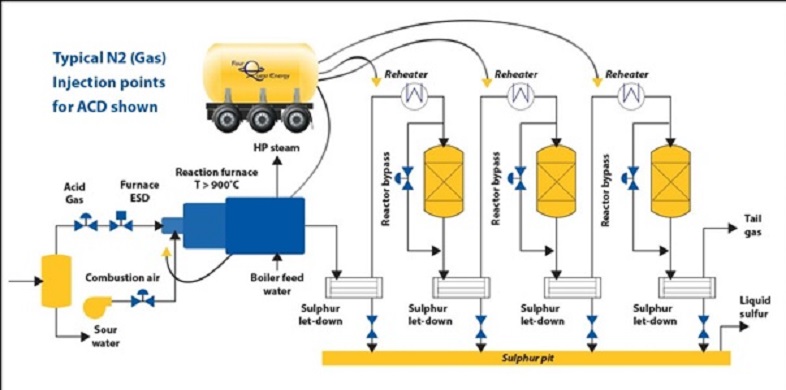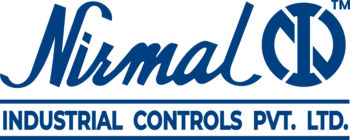
-
March 20, 2023
- 0 Comment
Nitrogen Blanketing System for Reactor
Tanks and containers, like single tanks, large tanks, pre-, intermediate, final product, agitated and reaction vessels, different kinds of the centrifuges and decanters and many further process tanks and container must be inertized. This inertization is operated usually at pressure conditions close to the ambient pressure, so that the containers are often exposed only to small pressure loads.
Therefore, pressure regulators for inerting applications require large diaphragms to provide the closing or opening forces for the regulators at relatively low pressures.
The three most important reasons for the inerting are:
- Explosion protection and possible new defining of ex-zones into less critical zones
- Product protection, particularly by exclusion of oxygen and/or air humidity
- Environmental protection, because the frequently used chemicals or the chemical process in relation to the environment to be led safe have no critical products or chemicals which can lead to damages
The inert gas is to rinse the existing gas out of the tank as best as possible. Therefore they are in particularly large, slim and long tanks and the regulator for blanketing supply gas and the back pressure regulator should stay apart as far as possible.
APPLICATIONS
- Storage tanks
- Production tanks for chemicals, basic materials, intermediate or final products
- Chemical reactors like agitated tanks, reaction boiler, centrifuges, decanter, filter presses, distillation columns
Various hazardous gaseous and non-gaseous impurities can alter industrial processes and the quality of their final products, two examples being oxygen and pro-oxidative gases. Consequently, manufacturers incorporate nitrogen purging systems into their production processes. This significantly minimizes the likelihood of contamination and hazards like explosions. This article explores various nitrogen purging systems and highlights their critical applications.
Top 4 Nitrogen Purging Systems
Different factors affect the choice of nitrogen purging system in various industrial applications, including the nature of industrial equipment (i.e., the shape and type) and individual operator requirements and preferences. Four essential nitrogen purging systems incorporated into industrial applications include:
- Dilution purging
- Displacement purging
- Pressure-hold-vacuum method
- Pressure liquid transfer
Dilution Purging
Dilution purging aids the elimination of undesirable gaseous impurities from complex industrial systems, such as reactors, columns, and kilns. This nitrogen purging system involves the mixture of nitrogen gas with other gaseous contaminants through an inlet point. Operators then expel this resultant mixture from an outlet point, typically located as far as possible from the inlet point.
The distance between the gas inlet and outlet points is essential consideration operators emphasize due to its impact on the overall result. The final result from this nitrogen purging system includes an inert industrial system free from hazards.
Displacement Purging
Displacement purging is ideal for more straightforward industrial systems and crosssections such as pipelines. This simple technique incorporates a pig (or scraping piston) and a cleaning component whose movement through the industrial system eliminates undesirable substances.
With the aid of pressurized nitrogen, operators propel the pig through the interior of the pipe channels, getting rid of contents like gaseous and particulate impurities. Displacement purging significantly minimizes the need for nitrogen gas mixture with other components in the industrial system. However, the volume of nitrogen the purging system requires for efficient purging depends on the pipe capacity.
Pressure-Hold-Vacuum Method
This nitrogen purging system involves flushing an industrial system using a pressurized nitrogen vessel. With the emphasis on single-vented systems, this purging system allows the combination of the pressurized nitrogen with other contents and, ultimately, dilution and outflow resulting mixture through the vent.
Operators repeat the process until the industrial system or equipment meets the acceptable standard. Unlike displacement purging, the volume of nitrogen required for this method depends on the number of times the operator repeats the process.
Pressure Liquid Transfer
Operators typically opt for pressure-liquid-transfer purging systems due to space constraints or the presence of materials that adversely affect pump efficiency.
In this system, nitrogen gas drives fluid motion by pressurizing the headspace within a vessel, resulting in the adequate elimination of undesirable fluids without pressure pumps. Moreover, this purging method significantly limits the likelihood of oxidation typically associated with liquid transfer within two tanks.
